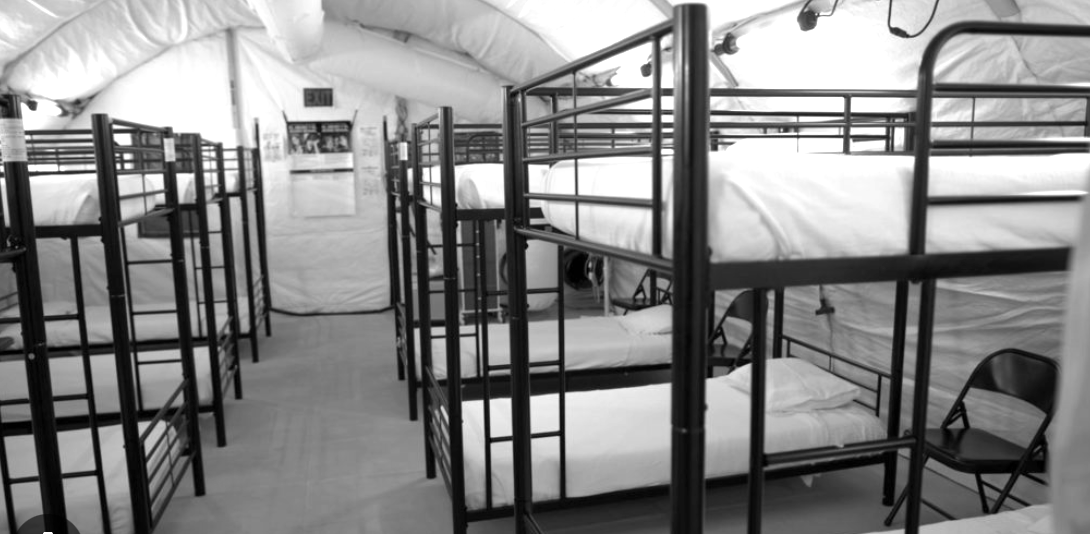Content:

The Architecture of Fear: How Detention Becomes a Template for Control
James's Substack
07/16/2025
There’s something fishy about the new detention centers being built that doesn’t smell right. The numbers just don’t add up, which leads me to suspect they aren’t just about deportation. They’re about building out the infrastructure of repression. They signal what the state can do and whom it can act upon.
Trump has promised to deport millions. To make that seem plausible, he’s ordering new facilities, converting military bases, and expanding enforcement budgets. But the numbers defy the narrative. With roughly 11 million undocumented residents in the U.S., even deporting a million people a year—a pace no administration has achieved—would take over a decade, assuming no new arrivals and no legal setbacks. This isn’t policy. It’s theater.
Facilities built for mass deportation won’t disappear if the plan falters. They’ll remain: beds, fences, biometric systems, mobile courts, transport fleets. These aren’t temporary fixes. They’re material investments in a model of governance built on threat classification and population control. Once in place, the system doesn’t sit idle. It seeks new uses.
And immigration law offers the perfect entry point. Unlike criminal law, it allows detention without trial, removal without a public hearing, and surveillance without probable cause. It operates in a legal gray zone, nominally administrative and functionally punitive, where due process is thinner and discretion broader. That flexibility makes it a powerful tool—not just for immigration enforcement, but for political containment.